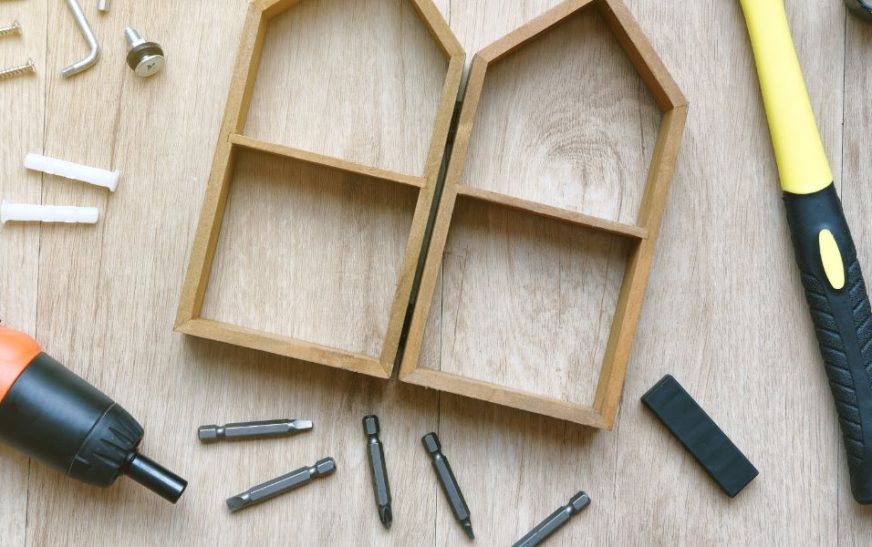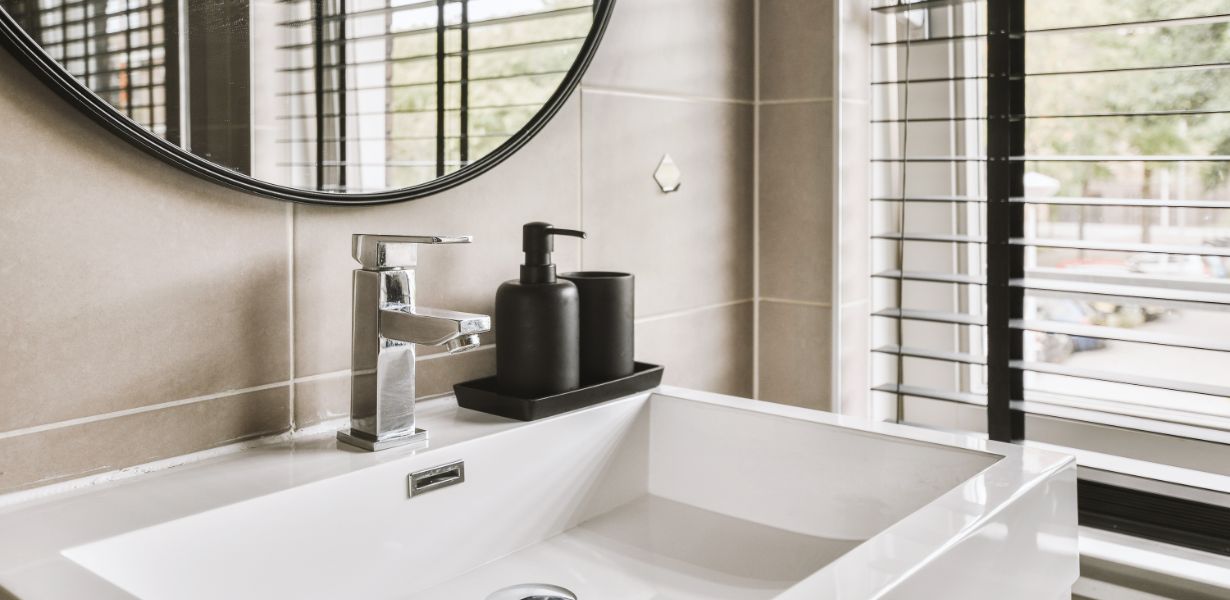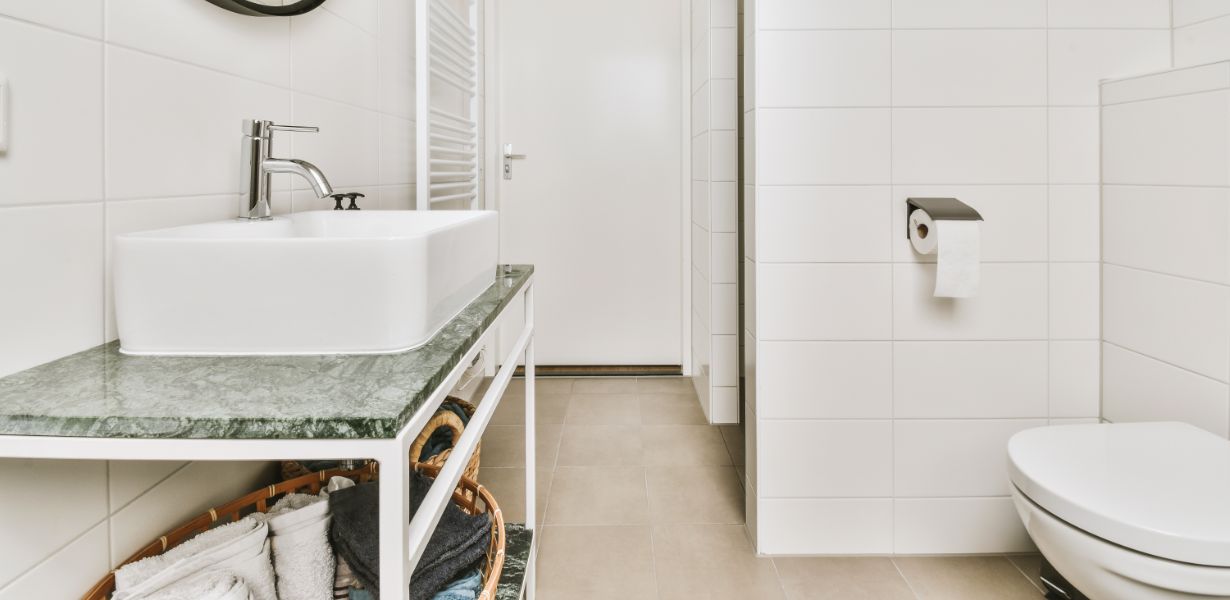Maintaining your DIY tools is akin to nurturing a trusted companion. A well-cared-for tool not only ensures precision but also extends its lifespan, saving you time and resources in the long run. Let’s delve into the comprehensive guide on DIY tool care, covering everything from essential maintenance practices to ingenious storage solutions.
The Foundation: Quality Tools Matter
Investing in top-notch tools is the first step in ensuring their longevity. Opt for reputable brands known for durability and precision. Quality tools are crafted with robust materials and undergo rigorous testing, guaranteeing they’ll stand the test of time.
The Cleaning Ritual: Post-Project Maintenance
After each project, dedicate time to clean your tools. Use a brush to remove debris and a damp cloth to wipe away any residue. For stubborn grime, a mild solvent can be employed. Dry thoroughly to prevent corrosion.
Sharp and Ready: Keeping Blades in Prime Condition
Sharp blades are essential for precise cuts. Regularly sharpen edges using a honing guide or a specialized sharpening tool. Remember to follow manufacturer guidelines for specific tool types.
Rust Be Gone: Preventing Corrosion
Rust is the arch-nemesis of any tool. Protect against corrosion by storing tools in a dry environment. Silica gel packets or anti-rust liners in your toolbox can absorb moisture, ensuring your tools remain rust-free.
Lubrication for Smooth Operation
Moving parts benefit from occasional lubrication. Apply a suitable lubricant to hinges, joints, and other moving components. This simple step will maintain seamless functionality.
Electrical Guardianship: Caring for Power Tools
For power tools, attention to electrical components is crucial. Check cords for any signs of wear or fraying and replace them promptly. Inspect switches and connections to prevent electrical hazards.
Organized Oasis: Proper Tool Storage
A clutter-free storage system not only saves time but also safeguards your tools. Utilize pegboards, toolboxes, and wall-mounted racks to keep your arsenal organized and readily accessible.
Temperature Matters: Climate-Controlled Care
Extreme temperatures can be detrimental to tools. Avoid exposing them to prolonged heat or cold. If possible, store them in a climate-controlled environment to maintain optimal condition.
Safety First: Protecting Yourself and Your Tools
Safety measures aren’t just for humans. Use protective caps and covers for sharp edges. When transporting, secure tools to prevent any potential damage in transit.
Routine Inspections: Early Detection of Wear
Regularly inspect your tools for signs of wear, such as loose handles, wobbly joints, or dull blades. Addressing these issues promptly can prevent further damage and ensure longevity.
Final Words
Caring for your DIY tools is a testament to your dedication to craftsmanship. By adhering to these expert tips, you’ll not only extend the lifespan of your high-tech handyman arsenal but also elevate the quality of your projects. Embrace the art of tool care and watch your creations flourish.
Commonly Asked Questions
Q1: How often should I clean my DIY tools?
A1: Cleaning after each project is ideal, but a thorough cleaning every few weeks ensures optimal performance.
Q2: Can I use any lubricant on my tools?
A2: It’s best to use a lubricant recommended by the tool’s manufacturer to ensure compatibility and effectiveness.
Q3: What should I do if I notice rust on my tools?
A3: Remove rust using a wire brush or steel wool, then apply a rust inhibitor to prevent further corrosion.
Q4: How can I prevent electrical hazards with power tools?
A4: Regularly inspect cords and connections, and replace any damaged components immediately.
Q5: What’s the best way to store power tools?
A5: Store power tools in a dry, climate-controlled environment, and use protective cases or covers to prevent damage.


























